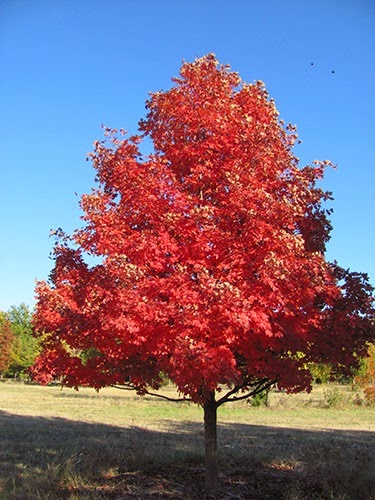PLANTING FALL BULBS FOR SPRING COLOR
Cassie Homan, Horticulture Agent
Choosing your bulbs:
Planting:
Care:
 Bulbs are relatively low maintenance, you can practically plant them in the fall and forget about them until they pop up in the spring. Check once in a while to make sure the soil is moist but not soggy. Small bulbs will also benefit from adding a layer of mulch to prevent being heaved out of soil by alternate freezing and thawing. In the spring cut off flowers that have faded but don’t cut the leaves until they have turned yellow and withered. This allows more energy to be transferred and stored in the bulb.
Bulbs are relatively low maintenance, you can practically plant them in the fall and forget about them until they pop up in the spring. Check once in a while to make sure the soil is moist but not soggy. Small bulbs will also benefit from adding a layer of mulch to prevent being heaved out of soil by alternate freezing and thawing. In the spring cut off flowers that have faded but don’t cut the leaves until they have turned yellow and withered. This allows more energy to be transferred and stored in the bulb.
Who doesn’t love stepping outside on a crisp spring morning and seeing the first signs of green life after a long winter. Bulbs are often the first plants to make an appearance in the spring and add a beautiful pop of color to the landscape. Enjoying these spring beauties means a little extra work planting them in the fall, then forgetting about them until spring.
The avid gardener knows that sweater weather means it’s probably time to start cleaning up the garden. It’s also the perfect time to plant spring flowering bulbs. For north central Kansas, late September through early October is an ideal time for our Zone 6, climate hardiness zone. If you want to add a minimal care, showy plant, into your landscape follow these tips for mastering bulbs.
Choosing your bulbs:
In the fall bulbs show up everywhere, they can be found in garden stores, ordered from catalogs, or picked up in local supermarkets. When choosing bulbs, you want to examine each one for quality. It should be firm with a papery covering and free from mold. Look for bulbs that are large, the larger the bulb the bigger and more beautiful the bloom will be. You could choose a diverse number of varieties to bloom throughout the spring and summer or stick to a few fun, colorful, blooms. If deer or wildlife are a problem in your garden, you should choose bulbs such as allium, crocus, iris, and daffodil. Have fun when picking bulbs by choosing new cultivars or even trading with neighbors.
Planting:
Fall is a great time to plant bulbs because they need to develop their roots and must meet a chilling requirement over the winter in order to bloom in the spring. Pick a site where the bulbs will receive full sun to partial shade. The soil needs to have good aeration and adequate drainage. A sandy loam is preferred but you can always amend your soil type by adding peat moss, compost, or aged bark. The depth of planting varies by the size and variety of bulb. A general rule is 2-3 times deep as the bulb is tall. For example, if you are planting a tulip or hyacinth bulb set them about 6 inches into the soil. Always remember to place the bulb with the point up, so the roots are in the right position. Space the bulbs using the same general measurement. For an attractive design, plant bulbs in clumps or informal masses, rather than singly. When planting it is best to add a fertilizer such as bone meal that is high in phosphorus in the bottom of each planting hole.
Care:
 Bulbs are relatively low maintenance, you can practically plant them in the fall and forget about them until they pop up in the spring. Check once in a while to make sure the soil is moist but not soggy. Small bulbs will also benefit from adding a layer of mulch to prevent being heaved out of soil by alternate freezing and thawing. In the spring cut off flowers that have faded but don’t cut the leaves until they have turned yellow and withered. This allows more energy to be transferred and stored in the bulb.
Bulbs are relatively low maintenance, you can practically plant them in the fall and forget about them until they pop up in the spring. Check once in a while to make sure the soil is moist but not soggy. Small bulbs will also benefit from adding a layer of mulch to prevent being heaved out of soil by alternate freezing and thawing. In the spring cut off flowers that have faded but don’t cut the leaves until they have turned yellow and withered. This allows more energy to be transferred and stored in the bulb.
Bulbs are fun and easy to work with. They require minimal care once properly planted, they will reward you every spring with a wonderful show of color. For further information on planting bulbs, contact Cassie at any Post Rock Extension District Office in Beloit, Lincoln, Mankato, Osborne or Smith Center, or email choman@ksu.edu









